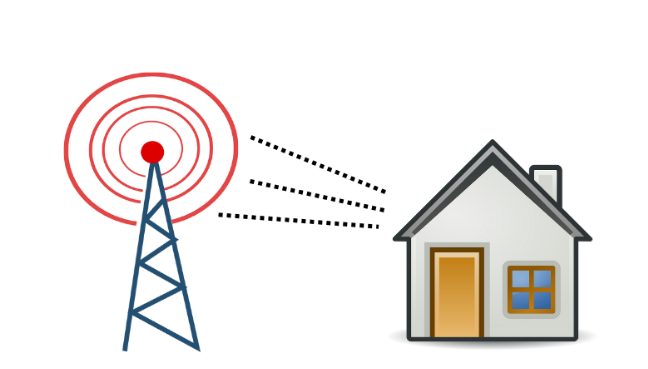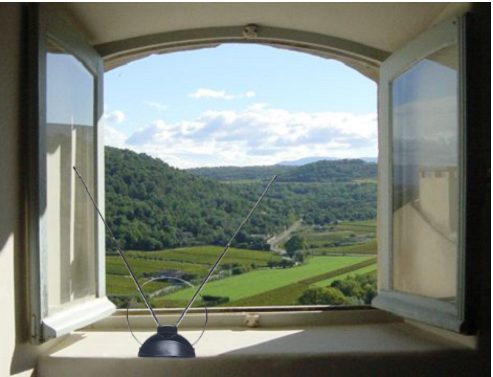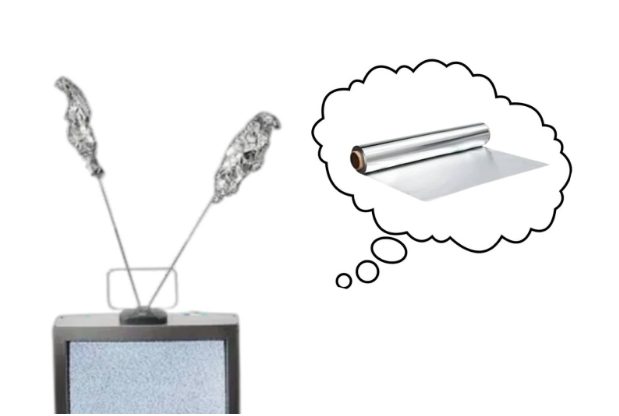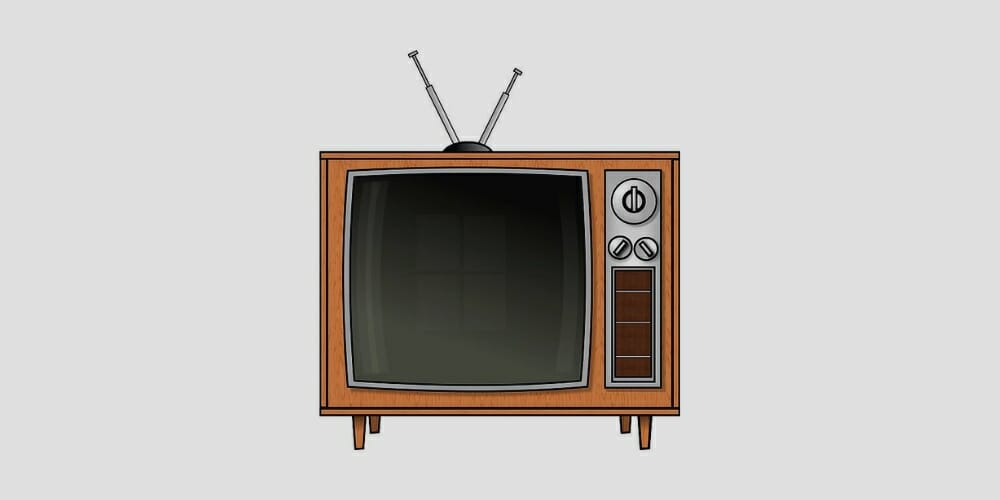Rabbit ear antennas are popular and simple-to-use television accessories. However, a federal regulation passed in 2009 mandated that all television channels transition from analog to digital signals, which means that even the best rabbit ear antennas might not operate well with digital transmission. Fortunately, a few techniques can help you quickly access your favorite TV stations using your rabbit ear antenna.
In general, you could use your rabbit ear antenna to get the best reception in the following ways:
- Locate the nearest broadcast center
- Relocate and angle your antenna
- Attach aluminum foil
- Move it away from obstacles
In this article, let me familiarize you more with rabbit ear antennas and how to improve their signal reception.
4 Ways to Improve Rabbit Ear Antenna’s Reception
So, how do you make rabbit ear antennas work better? Here are some effective antenna signal boosters.
Way #1: Locate the Nearest Broadcast Center
Many online TV station finders can help you angle your outdoor antenna and can also help you set up your indoor antenna. Begin by entering your address. Then, you can locate where the broadcast centers are.

Each channel has its color scheme. Therefore, you’ll have no trouble tuning into it if it is yellow or red. Moreover, VHF and UHF frequencies are used to broadcast television signals, and rabbit ears are usually used to detect solid VHF signals. Next, select “View Street Level Map,” then note the nearest broadcast center you’ve found. This way, you’ll know where to direct your rabbit ear antenna. (1)
Way #2: Relocate and Angle Your Antenna
Your TV screen’s hazy or no picture can be caused by the wrong placement of your rabbit ear antenna. You can find the ideal place for optimal signal reception by moving the antenna around your home. For me, I recommend placing your rabbit ear antenna near a window. It’s the best method to receive a strong signal and improve antenna mile range. Also, because your TV and Wi-Fi network signals can interfere with your antenna, you should keep it as far away from them as feasible.

After relocating, make a “V” form with your rabbit ear antenna. Next, point to one of the antennas at the broadcast tower you discovered earlier. It takes a few seconds for HD signals to appear, so wait for about five seconds before adjusting. If you don’t obtain a signal, lower the other antenna that isn’t oriented at the transmission tower to the ground.
When TV antennas are parallel to the transmission’s origin, they receive the signal.
Then, continue to lower the antenna one inch at a time toward the floor until you receive a signal.
Way #3: Attach an Aluminum Foil
Aluminum foil is also an effective antenna signal booster. It functions as an extension of your antenna, providing extra surface area for signal pickup and retention. (2)
To wrap your antenna with foil, here are the steps:
Step 1: Fully extend both antenna rabbit ears. Allow at least 10 inches between the tops of the two extensions.
Step 2: Make 1-foot by 1-foot sections out of two sheets of aluminum foil wrap.

Step 3: Place the foil square’s center over the top of an aerial. Compress the foil around the antenna’s top 5 inches. Then, the corners of the foil square should be fanned out and extended perpendicular to the post. In the same way, wrap the other aerial in foil wrap also.
Step 4: To get optimum reception, adjust the foils and antennas. Firmly press the foil against the antennas and rotate the rabbit ears around to find the ideal position for receiving each station. Finally, allow no touching between the rabbit ears and the foils covering them.
Way #4: Move it Away from Obstacles
One method for improving the signal reception of an indoor antenna is to remove impediments from the flow of transmissions. External barriers, such as trees and buildings, are impossible to remove. But internal obstacles, such as metallic objects in the signal channel, can prevent digital signals from being received. Hence, placing it near a window is the best move. However, your rabbit ear antenna’s transmission can also be blocked even by the iron borders of your windows. So, keep the windows open for the best signal reception.
About Rabbit Ear Antennas
A rabbit ear antenna usually has a mounted ground plate and two metallic rods spaced apart. The length of these metallic rods is approximately one meter each. It must first capture digital signals before converting them to electrical signals for your television. However, there’s a problem with digital signals in that if they’re good, you can see a clear picture, but if they’re bad, you don’t see anything. Thus, to get your rabbit ear antenna to work correctly and get maximum antenna mile range, you’ll need to adjust.
Tips
When you adjust your indoor or outdoor antenna rabbit ears, make sure to move the antenna slowly. Moving them in large, fast movements can worsen the situation, so be patient and take your time.
Warnings
Never connect anything that isn’t designed for your television’s input. Wires or coat hangers are frequently inserted into televisions. However, this poses an electrical hazard and may cause damage.
Take a look at some of our related articles below.
- What is the best TV antenna signal booster
- How to build a UHF VHF TV antenna
- How to make a TV antenna with aluminum foil
References
(1) Map – https://www.thoughtco.com/types-of-maps-1435689
(2) Aluminum foil – https://www.sciencedirect.com/topics/agricultural-and-biological-sciences/aluminum-foil

